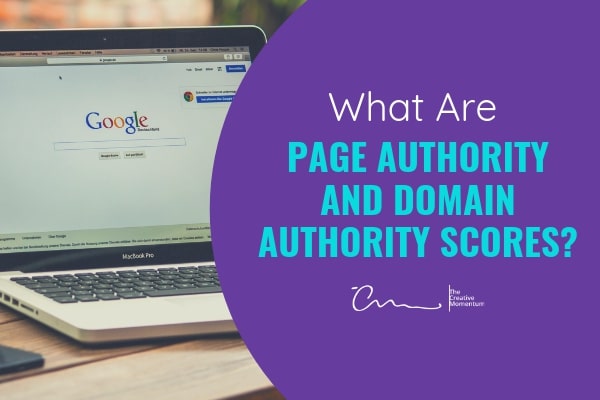
As anyone who has ever dabbled in SEO knows, the algorithms that Google, Bing, and other search engines use to rank the listings on their search results pages are closely guarded secrets. Sure, all search engine companies provide general guidelines for maximizing your site rankings, but the specific factors that are considered, where the data for these factors comes from, and how the factors are weighted against each other are trade secrets on par with that of the Coca-Cola formula.
The reason for all this secrecy, of course, is to prevent unscrupulous website owners from gaming the system and achieving inflated search result rankings that do not reflect the true relevance of a page or site to a given search term or phrase.
But it makes for a fair amount of guesswork on the part of website owners and their SEO experts as to what areas to focus scarce resources on in order to get the most bang for the SEO buck.
If that weren’t enough, the search engines tweak their algorithms from time to time, so just when your friendly local SEO expert has it all figured out, things change, and the cycle starts all over again. What would be nice is a tool that independently and objectively measures the SEO of a page or website.
Measuring SEO: Page Authority and Domain Authority
In fact, there are a number of services that claim to be able to predict how well a given page or site will rank in search engine results pages (SERPs). Among the best known are a pair of metrics developed by the SEO gurus at Moz: Page Authority (PA) and Domain Authority (DA).
PA and DA are similar in that they are scores, on a scale from 1 to 100, that gauge the relative likelihood of a strong search engine ranking for page or site, respectively. Moz uses proprietary algorithms (sound familiar?) to determine PA and DA scores.
The word “relative” in the preceding paragraph is important. The scores are not absolute measures. A score of 100 does not guarantee that a given page will appear at the top of the SERP for any given search term, and in any case, only “mega-brand” sites such as Walmart, Amazon, and eBay are going to achieve high PA or DA scores. The scores are more useful when comparing one page or site with that of a direct competitor, especially at different points in time.
Some important things to know about PA and DA:
- The PA and DA algorithms consider over 40 factors. One of the most important is high-quality inbound links—specifically, from other sites that have high authority scores. Moz uses a web crawler to index these links, similar to the web crawlers that the search engines use to index sites and pages.
- The PA and DA algorithms use machine learning, so by definition the algorithms evolve over time to improve the accuracy of the scores.
- The 1-to-100 scale is logarithmic rather than linear; getting from 20 to 30 is easier than getting from 70 to 80.
- The algorithms do not try to mimic Google’s or Bing’s search algorithms. They are (probably) similar and consider many of the same factors, but there has been no attempt to re-create the search engines’ algorithms.
How to Use DA and PA
Moz provides tools (some free and some paid) that calculate your site’s PA and DA scores. They also offer some guidance on how to interpret the scores and use them to improve your overall SEO. Among their tips:
- Don’t focus on the absolute score; focus instead on where your site scores in comparison with competitor sites in your space, and how this difference changes over time.
- Scores can change on the basis of factors outside your control. If your score decreases from one month to the next, it doesn’t necessarily mean you’re doing something wrong. Again, it’s all relative; if your score goes down while your competitors’ scores go up, that’s cause for concern.
- The key to improving DA and PA is quality inbound links, as measured by the authority scores of the sites where those links are found. The key, in turn, to accumulating quality links is by having compelling content that resonates with your website visitors.
- Another important factor is ensuring that those inbound links lead to actual, relevant content on your site. A 404 error when following one of those links is the kiss of death.
Both DA and PA can be useful tools, but in different contexts. Remember, DA measures the likelihood of a high ranking for a website, whereas PA is that for a specific web page. Raising your website’s DA score takes more effort than raising a page’s PA score, but it has more long-term benefits. Investing time and effort in raising a PA score is more useful as a short-term tactic and should not be your sole marketing focus.
How Good Are They?
It’s natural to wonder how accurate PA and DA are as predictors of relative SERP ranking. Moz, being in the business of selling SEO tools, quite naturally will have you believe that their PA and DA algorithms are not only excellent predictors but also are improving all the time.
Independent, controlled research on the subject is essentially nonexistent and would be highly difficult to conduct anyway because there are so many variables. The Google and Bing search engine algorithms are changing all the time, many of the factors that PA and DA consider are also constantly changing, and the PA and DA algorithms themselves evolve over time, so a true apples-to-apples evaluation of prediction accuracy is nearly impossible.
That said, there doesn’t seem to be a chorus of voices claiming that PA and DA are wildly inaccurate, or that trying to improve them is a useless exercise. It’s safe to say that PA and DA, and the Moz products that incorporate them, are potentially useful tools in your SEO toolbox. It’s all in how you use them, and your mileage may vary.



